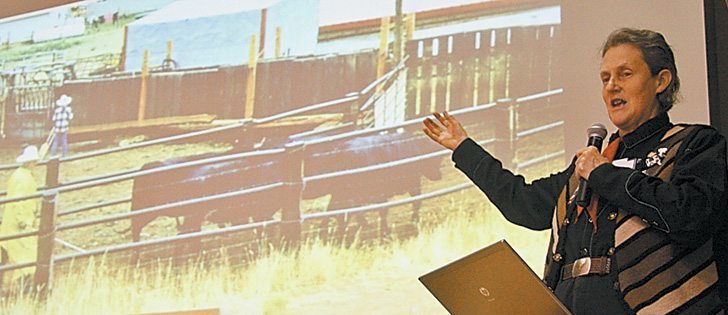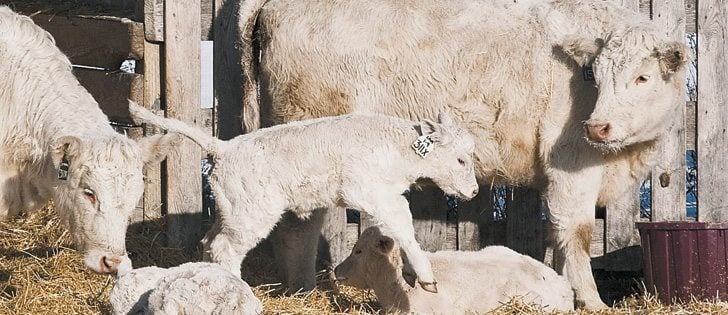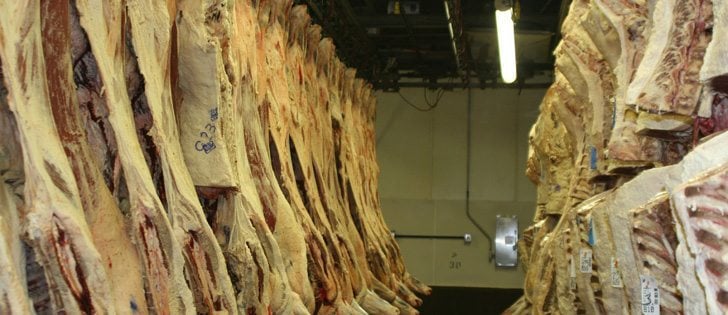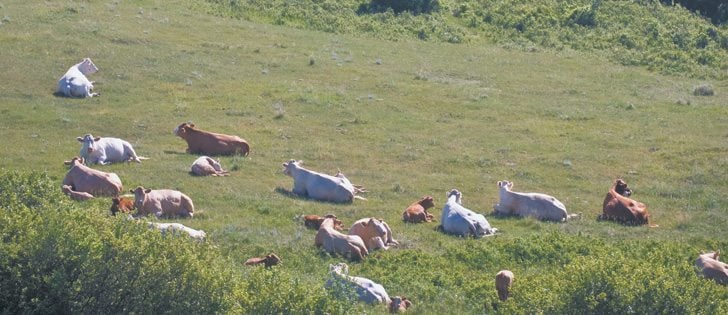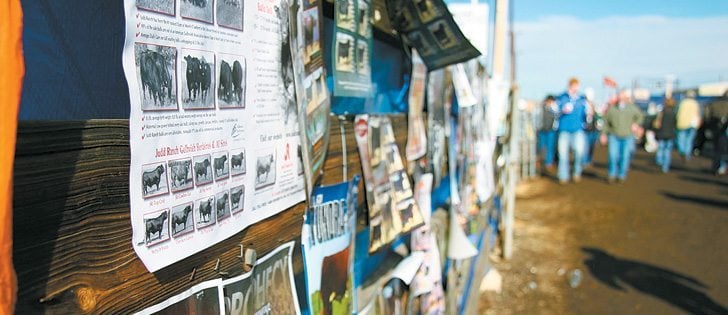Penile warts are one of the more common issues when examining bulls for breeding soundness, especially young ones.
All purebred herds will be affected eventually and commercial herds may have some crop up on mature bulls.
They are caused by a virus closely related to the one that causes body warts. Bulls that appear wart free can still have penile warts that are noticeable only when the penis is extended.
Most penile warts are identified at semen evaluation time, which is one reason veterinarians want to see the bull’s protruded penis and the entire area, including the prepuce.
Read Also
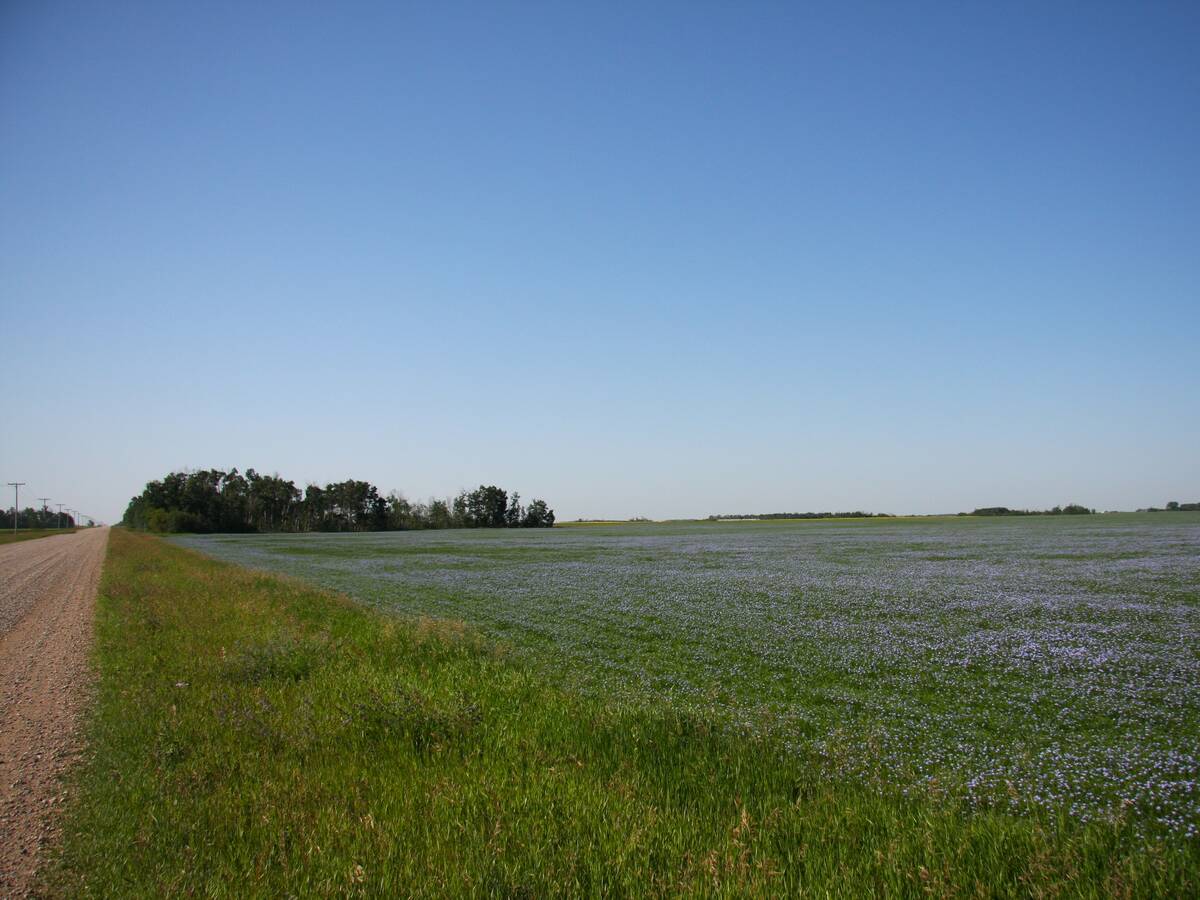
Farmland advisory committee created in Saskatchewan
The Saskatchewan government has created the Farm Land Ownership Advisory Committee to address farmer concerns and gain feedback about the issues.
Many veterinarians deal with warts as soon as they are detected and then recheck later for signs of complete healing.
They may require tricky surgery to remove, depending on the location.
Many warts along the shaft can simply be cut away, but those near the tip have more complications.
Removing warts near the tip may damage the end of the penis or its nerve supply, which makes breeding difficult because bulls require that feeling near the end to find the vulva.
Warts are sometimes wrapped around the entire end of the penis and incorporate the urethra. Removing these can create a rent through which urine and ejaculated semen exit before the end.
Fertility may not be affected if the distance is not too great and complete healing has occurred. In others, however, it will be the veterinarian’s call as to whether too much damage has been created.
Warts vary from the size of a pencil eraser to as large as baseballs in rare cases.
Removal takes some planning, depending on size, location, blood supply and the size of the stalk or attachment, but most of the time it can be done successfully. Large warts may require suturing to close the cut or control bleeding, but small warts are simply removed and left.
Some warts are smooth with no rough surfaces and don’t bleed when handled. I usually leave these and simply note the size and location on the evaluation form.
Warts can reoccur, especially if they were not fully removed. I tend to recheck two to three weeks after removal to ensure the wart was fully removed and the surgery is fully healed.
Warts can affect fertility if they rip and blood mixes with the semen. Blood has a detrimental effect on sperm, so anything causing bleeding is not good.
Warts on purebred operations are sporadic. I may see a few cases one year and none for several years.
Vets sometimes have an autogenously vaccine made up for herds with repeated wart problems, which involves sending a sample of the wart to a lab to produce a vaccine that can be administered.
I haven’t found this necessary with hit-and-miss incidences, but Murphy’s Law in the purebred business dictates that warts will occur on the best bull.
Warts are always worth trying to remove because otherwise the bull is rendered non-functional.
Just because bulls were semen evaluated as yearlings doesn’t mean warts won’t show up later. They may have been present when the bull was younger but were missed if the veterinarian couldn’t get the penis to protrude. As well, smaller warts on the backside of the penis may go undetected if semen is collected on the other side.
Producers are always told to try to observe breeding on a new bull. We want to make sure the bull mounts, enters the cow and ejaculates, but growths on the penis are another thing to watch.
Warts are a possibility if blood or a bloody discharge can be seen coming from the penis.
If large enough, warts can even be seen as a moveable swelling inside the sheath, much the same as how a broken penis or cut penis may appear.



